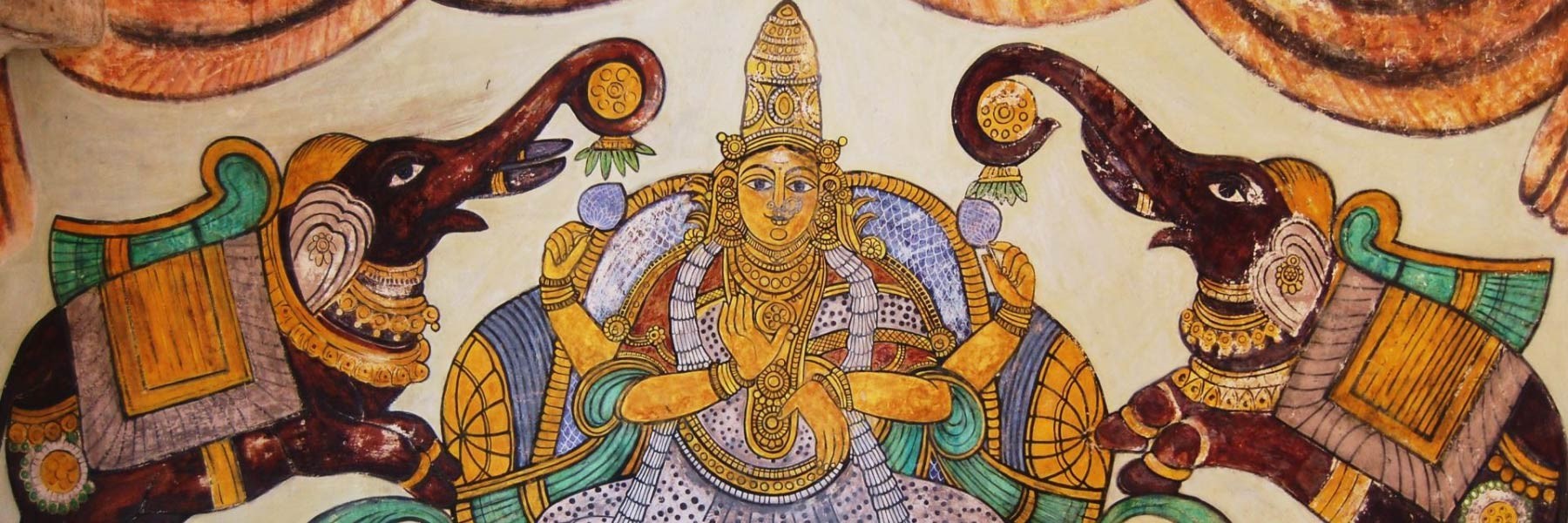
Sorry, we couldn't find anything that matches your search.
Destination

Famous Places to Explore in Hyderabad
A vibrant city with the imposing...

Raipur Tourist Places | Best Place to Visit
The stronghold of several erstwhile...

Ahmedabad
Declared as India's first UNESCO World...
#
Tanjore Bobblehead Dolls
Apart from glass paintings, Thanjavur's other ingenious craft is bobblehead dolls. These are very famous toys that have become a cultural symbol for India globally now. It is an old tradition in the city. The dolls are purely handcrafted, put together with materials like paper mache, wax, plaster of Paris, clay and colouring agents. They are often made with terracotta and the end product is a fine, brightly-coloured toy that makes for a great souvenir to take back home. These dolls are usually 15 to 30 cm tall and their entire weight is concentrated on the bottom-most point. The base of the toy is used as the centre of gravity to help the doll oscillate easily. The authentic Tamil name for the dolls is Thanjavur thalayatti bommai, which originated in the 19th Century under king Saraboji, the last ruler of Bhonsle dynasty. The dolls form part of display in Tamilian households during Navaratri (a holy nine-day festival). The bobblehead doll has another version to it known as the roundpot or rocking doll. The toy has been given the Geographical Indicator status by Government of India, another honour for Thanjavur.

Palm Leaf Articles
Originating from the town of Nagore, near Thanjavur, this craft uses several parts of palm trees to create daily life objects that are not only beautiful but also environment-friendly. Palm leaves and fibres are braided together in varied patterns and are then used to weave baskets, boxes, trays, coasters, laundry baskets, suitcases, mats, boxes, hand fans, vases, glass holders etc. The mats are sometimes made from the stem of date palms. Tender palm leaves are dried in the sun and their ribs are removed for the process. All the products use anything between 37 to 56 blades each. The blades are also held together with a copper wire for strength. Once the product is made, it is painted with motifs to make it look more attractive. The bright colours and localised patterns are extremely popular with tourists.

Tanjore Painting
Tanjore paintings are a great way to beautify the interiors of your homes and are presented as gifts on special occasions. They are an indigenous art form of Thanjavur. They employ relief work and intense compositions involving religious figures and motifs. Semi-precious stones, pearls and glass pieces further add to their beauty. They are one of the most popular forms of South Indian paintings, which are known for their surface richness and vibrant colours. This art form is believed to have originated during the 16th century, under the reign of the Cholas. Patrons of these paintings include the Maratha rulers, the Nayakas and Rajus communities of Tanjore and Trichi and the Naidus of Madurai. The theme of most of the paintings revolves around Hindu gods, goddesses and saints. Some of them also feature birds, animals and floral patterns. Done on solid wood planks, the main figure is painted in the centre. The first step to make a Tanjore painting involves drawing the basic sketch of the image on the base, which is made up of cloth and pasted on a wooden base. Chalk powder is mixed with a water-soluble adhesive and applied on the base after which the drawing is made and decorated with cut glass and pearls. Some artists also use semi-precious stones and colourful laces to enhance the beauty of the Tanjore paintings. The last step involves pasting wafer-thin sheets of gold on some parts of the paintings while the remaining parts are painted using bright colours. The gold used is real 22-carat and remains intact for years and provides a glowing appearance to the paintings in the dark.







